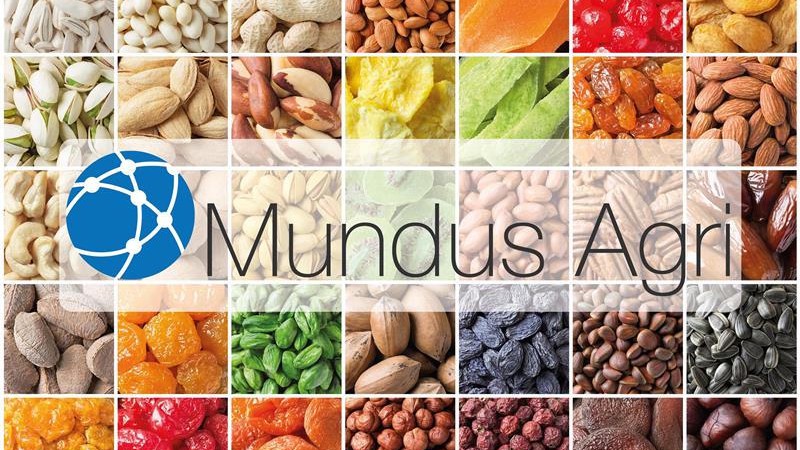Almonds: Import and export, Germany and EU
October 31, 2016 at 8:37 AM ,
Der AUDITOR

Depending on their various processing stages, almonds play a significant role mainly in the snack industry and confectionery field, as well as the cosmetics industry. From blanched almonds, over chopped, caramelised, processed into paste, or as milk; almonds are very popular in the food industry, as well as almond oil is in the cosmetics industry. Moreover, almonds are the main ingredient for the production of marzipan. This is where especially the sweet almond is used. Bitter almonds are unsuited to be eaten raw. The aroma of the bitter almond is found as a baking ingredient on supermarket shelves, and in liqueurs such as Amaretto.
The almond variety Ferraduel, which is produced in France, is particularly suitable for the production of dragees, sugar-coated almonds, because of its flat shape, and makes up about 30% of the French almond production. The majority of the production is dedicated to Ferragnès almonds. The most common Spanish almond is the Marcona variety, the remaining types are traded under the common name Valencia. Predominantly Avola almonds are cultivated in Italy, and the Nonpareil almond is from California.
almond production worldwide in mt
|
country |
2015/16 |
Ø 2011-15 |
|
USA |
861,830 |
879,971 |
|
European Union |
85,000 |
77,920 |
|
Australia |
77,000 |
68,020 |
|
Turkey |
14,000 |
15,600 |
|
China |
10,000 |
7,100 |
|
Chile |
8,000 |
7,540 |
|
India |
1,100 |
1,140 |
|
world |
1,056,930 |
1,057,291 |
|
source: USDA |
||
Worldwide, almond production (without shell) amounts to a short 1.06 million mt per year. The USA alone contributed roughly 861,830 mt of almonds to that figure in 2015, which is over 80%.
The almond production in the EU comes to an average of 78,000 mt, of which about two thirds are harvested in Spain. Measured in terms of production per country, Australia takes second place of the world’s largest almond producing country.
In the last few years, the EU has increased its almond imports (Customs Tariff Number: 08021290 almonds, sweet, fresh or dried, without shell, also skinned) from third countries from 214,000 mt to 226,600 mt. Most important supplier is the USA with about 200,000 mt per year. However, imports from Australia were increased since 2013 by more than 9,500 mt to 23,915 mt.
Significantly smaller quantities also come from countries such as Chile, Canada, and Afghanistan. By comparison, the export volume is markedly less, although exports were increased in the last three years by almost a third to 13,300. Main customers are the USA, and Switzerland.
The trade of almonds within the EU has increased significantly within the last few years. Exports of almonds were at 106,000 mt in 2013, by 2015 they were already at 117,500 mt. Most important supplier is Spain, which not only has the largest own production in the EU, but whose traders also offer US almonds for sale. Followed by Germany, the Netherlands, and Belgium. A third of the imports within the EU is attributable to Germany, additional large buyers are France, Italy, and the UK.
Last year, Germany imported more than 91,000 mt of almonds without shell, far more than two thirds of imports are from the USA, a fifth still comes from Spain. The remaining 10,000 mt come from Australia, and Italy, among other countries.
The export per year is at a solid 13,000 mt, and are transported mainly to France, Austria, and Italy.
Customs Tariff Number: 08021290 almonds, sweet fresh or dried, without shell, also skinned
Sources: USDA, European Commission; German Statistical Office





